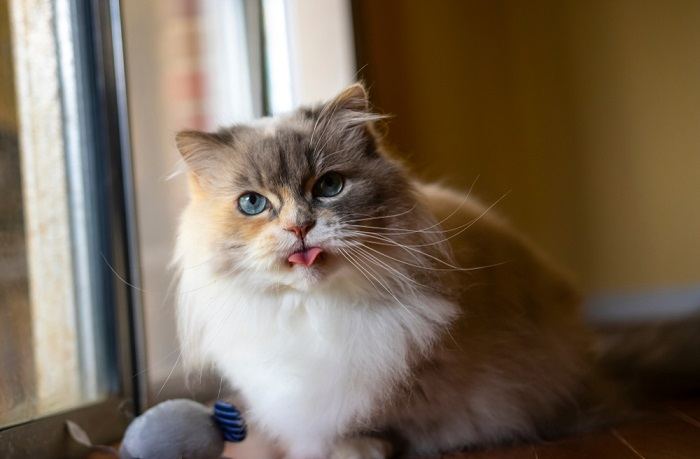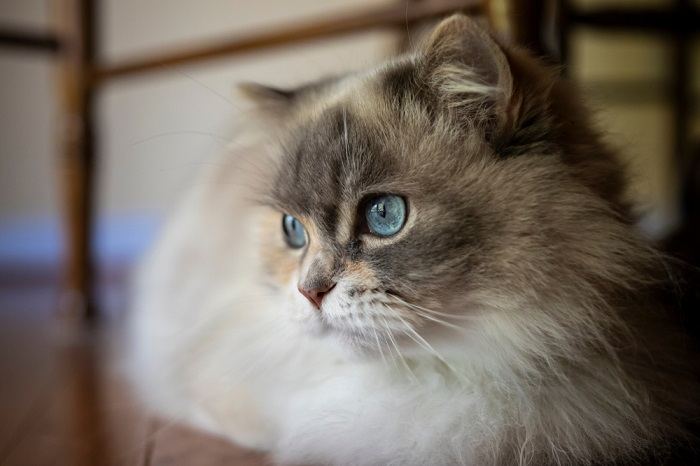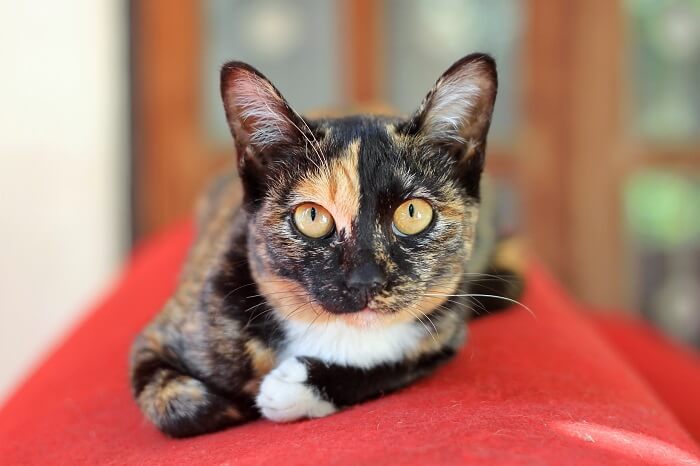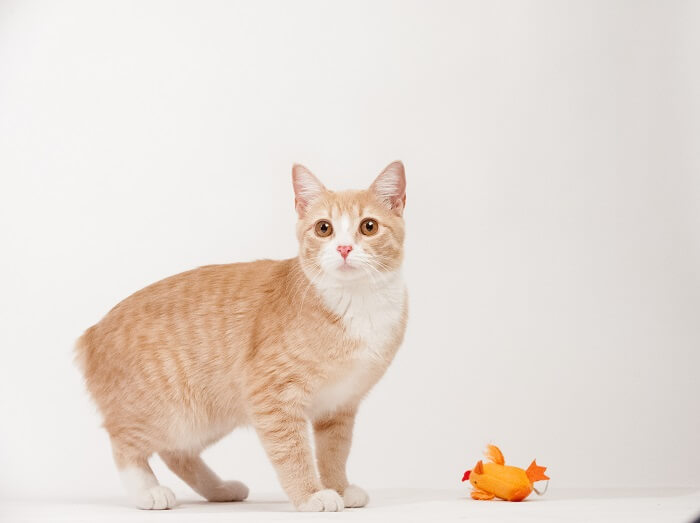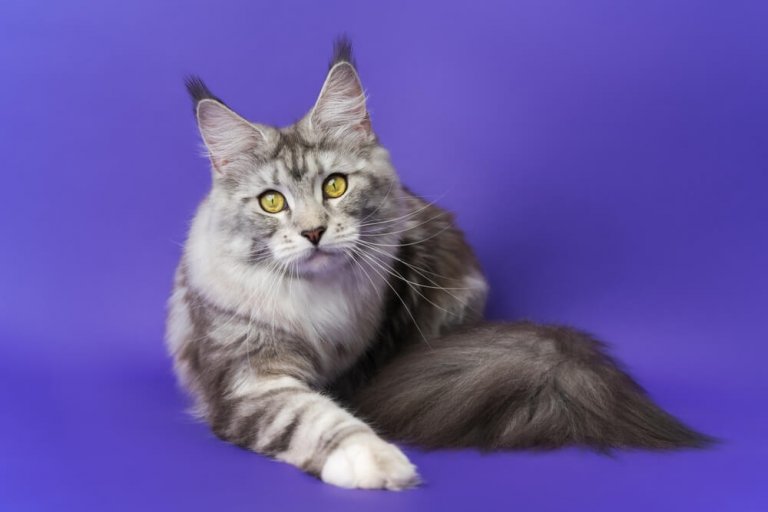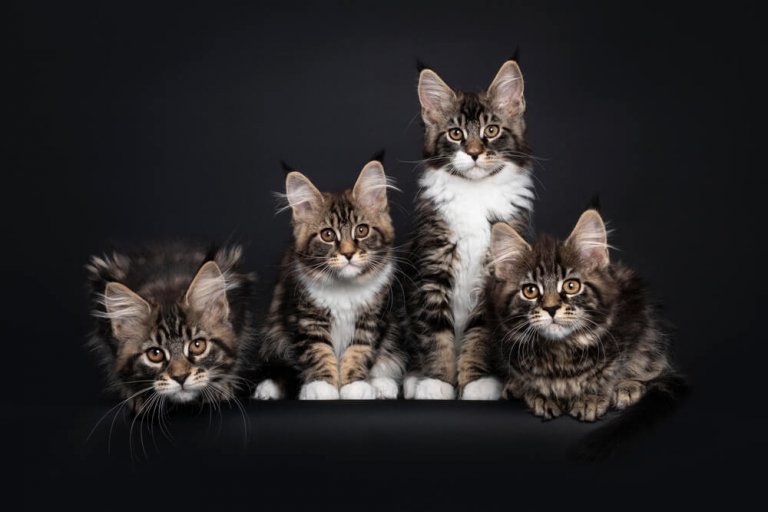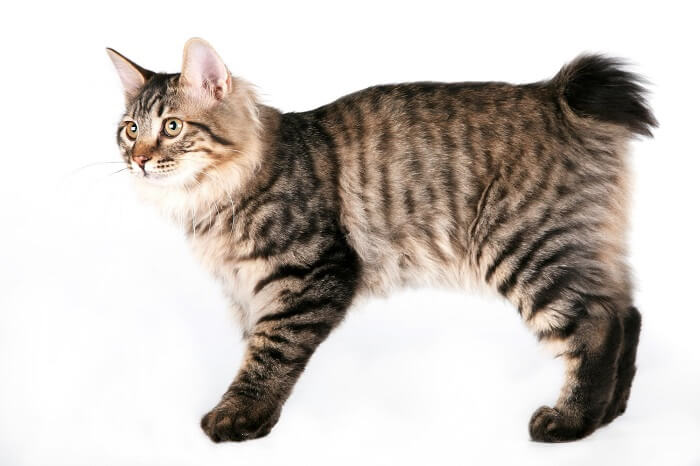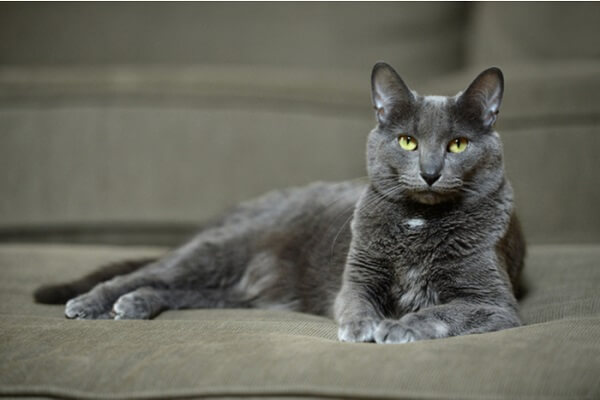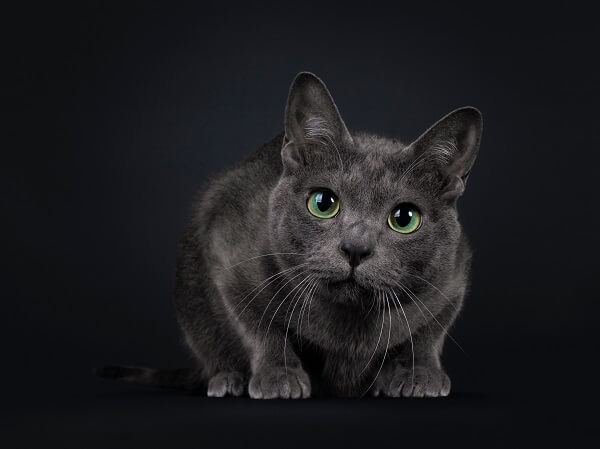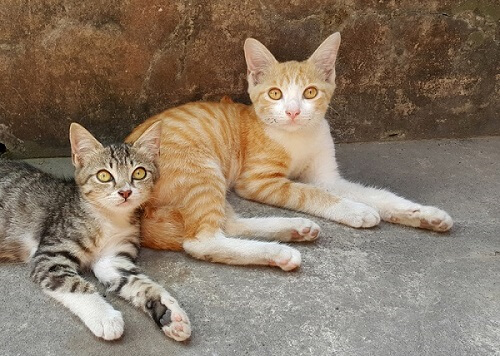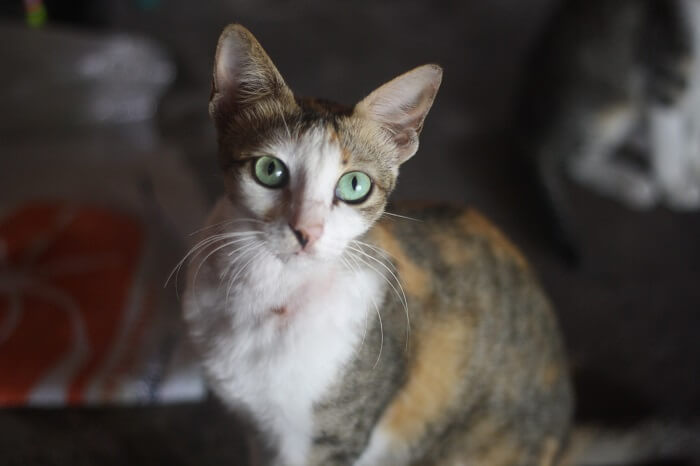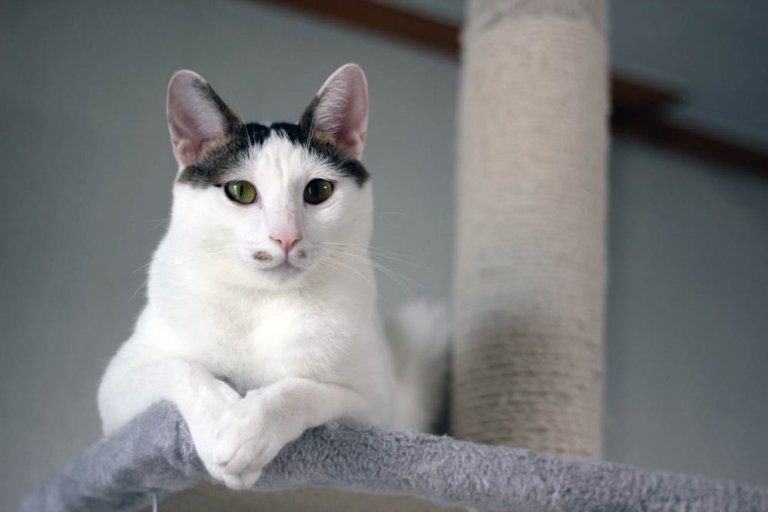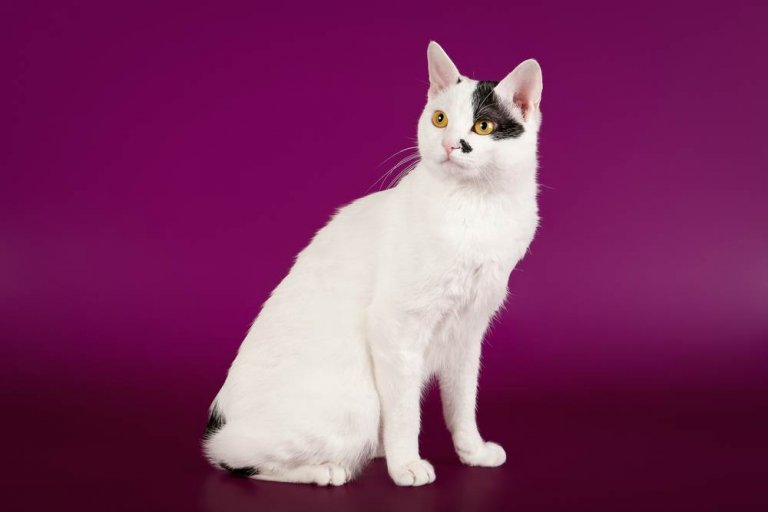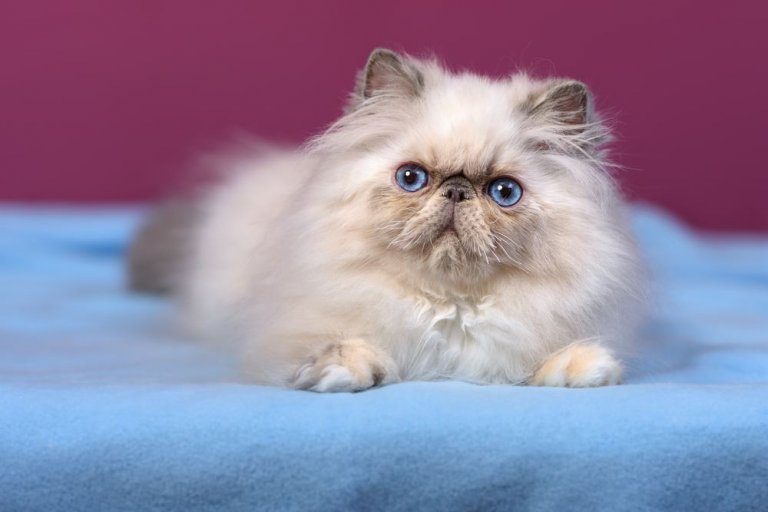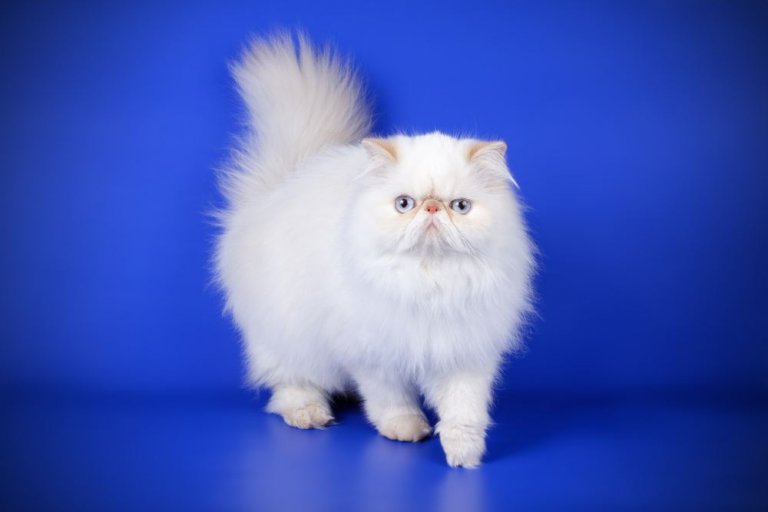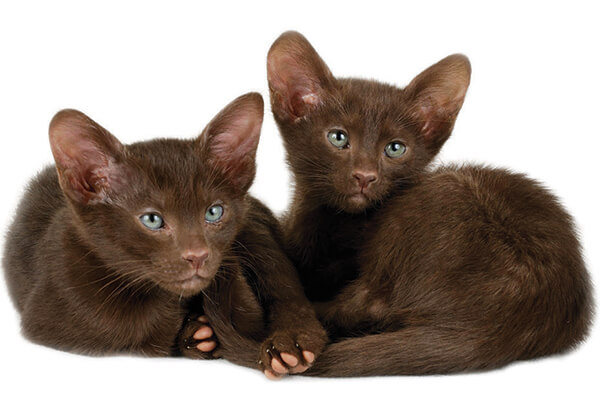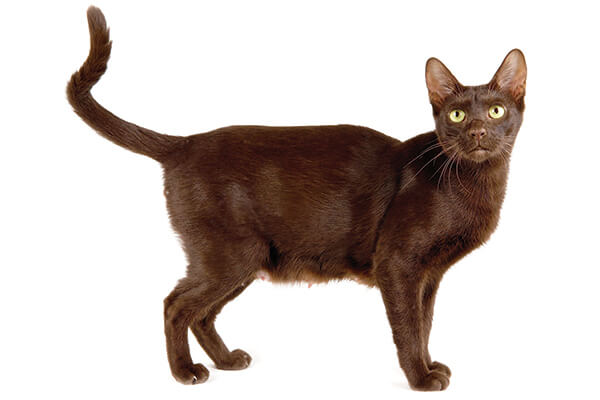
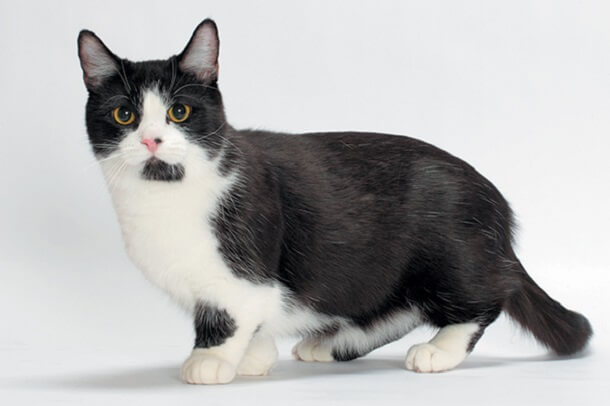
The Mankiw cat is a very special and attractive breed of cat whose most obvious characteristic is their short legs. In addition to this, the body structure of this cat is medium or larger, and there are long and short coats depending on the type of fur they have. Most Mankiw cats have a variety of coat colors, ranging from monochromatic, bicolored, spotted, and tiger-striped. Despite their short legs, it doesn’t stop them from running and jumping.
In terms of personality, Mankiw cats are very active, curious and friendly. They love to explore their surroundings and enjoy playing with people and other pets. Although they are very athletic, Manticores are also cats that enjoy a cozy lifestyle and like to find a comfortable place to take a nap.
When it comes to care, Mankiw cats do not require a lot of special attention. For short-haired Mankikons, weekly grooming is basically enough, while long-haired ones may need more frequent grooming. Like other cats, they need regular vaccinations and parasite control.
Mankiw cats are usually relatively healthy, but because of their particular size, they may be more prone to spinal problems. So, when you choose to buy a Mankiw cat, make sure you choose a reputable breeder.
Mankiw cats are active, friendly and adaptable pet cats. With their unique appearance, they will be a beautiful sight in your life.

